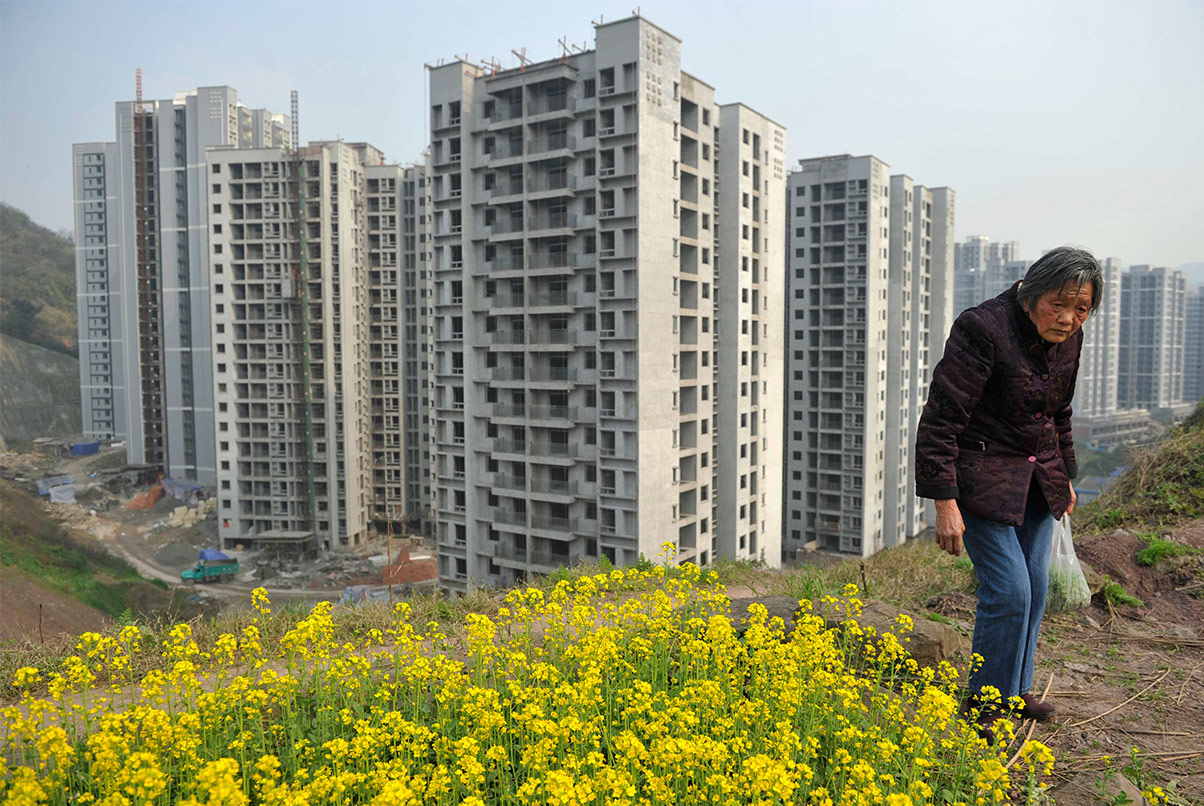- March 11, 2015
Bolstering Inclusionary Housing in Chinese Cities
A new strategy is the so-called peitao jianshe (or pei jian, for short), which requires developers to provide a certain number of subsidized housing units as part of their development of private housing.
Huang notes that in the United States and Europe, inclusionary housing was introduced and grew in popularity during the 1970s and 1980s, when existing social housing, built through earlier government programs, were being restructured. New programs were rolled out to encourage more private market involvement in the provision of low-income housing. But in China, unlike the US and Europe, private developers have played a very limited role in providing subsidized housing and it is the government that has been the main provider.
Traditionally, Huang argues, subsidized housing in China has been developed in concentrated, large-scale projects containing units for low-income households only. Developers may build such units at the request of the government, but they are managed by government agencies. And since local governments provide urban land at no charge for subsidized housing, these concentrated subsidized housing projects tend to be located at the urban fringe, with poor access to public services and economic opportunities.
But with China’s rapid effort to urbanize, demand for subsidized housing will continue to surge. And this, says Professor Huang, raises the question of how to address rapidly rising housing inequality and residential segregation. Her central argument is this: the adoption by China of inclusionary housing, relying more heavily on private developers, can potentially offer an important new strategy to meet the country’s massive need for low-income housing, while at the same time reducing social and spatial segregation.
Stay Updated with MacroPolo
Get on our mailing list to keep up with our analysis and new products.
Subscribe

